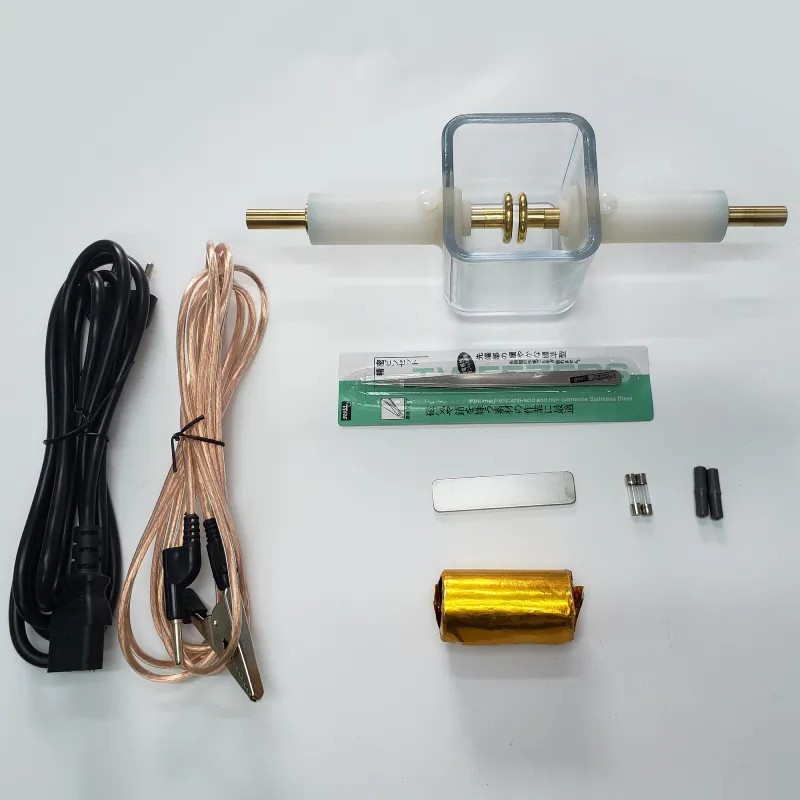 English
English


insulation tester use
Understanding the Use of Insulation Testers
Insulation testers, also known as insulation resistance testers, are essential tools used primarily in electrical and electronics industries to measure the insulation resistance of wiring and electrical installations. Their main purpose is to ensure that electrical systems are safe and to prevent potential electrical hazards such as shock or fires due to insulation failures. In this article, we will explore the importance, functionality, and proper usage of insulation testers.
Importance of Insulation Testing
The integrity of insulation in electrical systems is crucial for their safe operation. Over time, insulation materials can degrade due to factors like aging, moisture, heat, and chemical exposure. Regular insulation testing helps identify potential weaknesses before they lead to failures, thus safeguarding personnel and property. Notably, insulation testing is often mandated by safety standards and regulations in workplaces and commercial installations, making it a key practice in modern electrical maintenance.
How Insulation Testers Work
Insulation testers operate by applying a high voltage (typically between 250 to 1000 volts) to the insulation material and measuring the resistance offered by the insulator. The tester calculates the insulation resistance in ohms, which indicates how effectively the insulation is preventing electrical current from leaking through it. The higher the resistance, the better the insulation is performing.
There are different types of insulation testers, including handheld devices for field use and advanced bench models that offer enhanced features such as data logging and analysis tools. Many modern testers also come equipped with safety features to protect users from the high voltages used during testing.
Using an Insulation Tester
insulation tester use

To use an insulation tester effectively, follow these general steps
1. Preparation Before beginning the test, ensure that all power to the circuit being tested is disconnected. This is crucial to avoid injuries and ensure accurate readings.
2. Connection Connect the insulation tester leads to the circuit—one lead to the conductor and the other to the ground or the casing of the equipment being tested.
3. Testing Set the tester to the appropriate voltage based on the insulation type and manufacturer's recommendations. Initiate the test and observe the readings displayed on the tester.
4. Interpretation After the test is complete, evaluate the resistance value displayed. Generally, a resistance value of 1 MΩ or higher is considered acceptable for most applications. Values lower than this may indicate potential insulation failure.
5. Documentation It's essential to document the results for future reference and compliance with safety standards.
Conclusion
In conclusion, insulation testers are vital instruments for ensuring the safety and reliability of electrical systems. Regular testing not only prevents accidents but also prolongs the lifespan of electrical equipment. By understanding how to operate these testers effectively and adhering to recommended practices, users can maintain high safety standards and ensure optimal performance in their electrical installations. Whether for routine maintenance, troubleshooting, or compliance, the role of insulation testing cannot be overstated in today’s electrically dependent world.
-
Differences between open cup flash point tester and closed cup flash point testerNewsOct.31,2024
-
The Reliable Load Tap ChangerNewsOct.23,2024
-
The Essential Guide to Hipot TestersNewsOct.23,2024
-
The Digital Insulation TesterNewsOct.23,2024
-
The Best Earth Loop Impedance Tester for SaleNewsOct.23,2024
-
Tan Delta Tester--The Essential Tool for Electrical Insulation TestingNewsOct.23,2024





